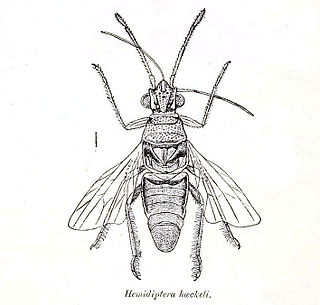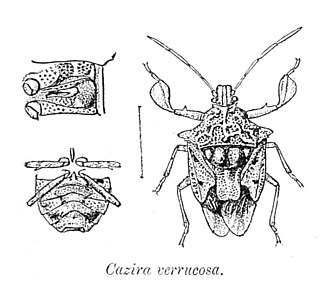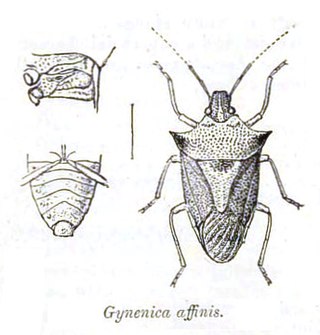The Fauna of British India (short title) with long titles including The Fauna of British India, Including Ceylon and Burma, [1] and The Fauna of British India Including the Remainder of the Oriental Region is a series of scientific books that was published by the British government in India and printed by Taylor and Francis of London. The series was started sometime in 1881 after a letter had been sent to the Secretary of State for India signed by Charles Darwin, Sir Joseph Dalton Hooker and other "eminent men of science" forwarded by P.L.Sclater to R.H. Hobart. [2] [3] [4] W. T. Blanford was appointed editor and began work on the volume on mammals.
Contents
- Protozoa
- Coelenterata
- Nematoda, Cestoda, Oligochaeta, Annelida etc.
- Crustacea
- Echinodermata
- Mollusca
- Arachnida
- Hemiptera
- Dermaptera
- Odonata
- Orthoptera
- Blattaria
- Coleoptera
- Diptera
- Aphaniptera
- Hymenoptera
- Lepidoptera
- Reptilia and Amphibia
- Fishes
- Birds
- Mammals
- References
- External links

In the volume on the mammals, Blanford notes:
The need for new and revised descriptive works had, for some years before 1881, been felt and discussed amongst naturalists in India, but the attention of the Government was, I believe, first called to the matter by a memorial dated Sept. 15th of that year, prepared by Mr. P. L. Sclater, the well-known Secretary of the Zoological Society, signed by Mr. Charles Darwin, Sir J. Hooker, Professor Huxley, Sir J. Lubbock, Prof. W. H. Flower, and by Mr. Sclater himself, and presented to the Secretary of State for India. This memorial recommended the preparation of a series of Handbooks of Indian Zoology and my appointment as Editor. It is scarcely necessary to add that to the recommendation of men so highly respected and so well known in the world of Science the publication of the present Fauna of British India is greatly due, and that Mr. Sclater is entitled to the thanks of all interested in the Zoology of India for the important part he took in the transaction. I can only express a hope that the present series as a whole may be worthy of the distinguished support to which, in so great a degree, it owes its origin.
The idea was to cover initially the vertebrates, taking seven volumes, and this was followed by a proposal to cover the invertebrates in about 15 to 20 volumes and projected to cost £11,250 to £15,000. Blanford suggested that restricting it to 14 volumes would make it possible to limit the cost to £10,500. [5] After Blanford's death, Arthur Everett Shipley became the editor. The first series was followed by a second edition of some of the volumes such as the mammals, birds, reptiles and butterflies. In 1922-23, Nelson Annandale sought to move the process of preparation of the books and its publication to India. [6] The second edition is sometimes called the "new fauna". There were changes incorporated in this that included for instance the usage of trinomials for the birds. Following Shipley's death in 1927, Lieutenant Colonel John Stephenson, formerly of the Indian Medical Service was appointed editor in May 1928. [7] [8] Publication was stopped during the Second World War. [9] After Indian Independence in 1947 a few volumes were published under the new name of Fauna of India but some of the volumes that were under preparation were never published. The 1953 volume on polychaetes by Pierre Fauvel was published by the Indian Press from Allahabad.















